Images and Story by Sandshoe
I was visiting within clear sight of Mt Taranaki and the closest township to there is Inglewood, the regional centre Mt Plymouth.
One version of Maori history claims Te Maunga o Taranaki (Mount Taranaki) once lived in the centre of New Zealand’s North Island with the mountain gods: Tongariro, Ruapehu and Ngauruhoe.
Pihanga, another mountain, is incriminated at this other location, called ‘a lovely maid’ who was desirable to all the mountain gods.
A great conflict arose with geophysical consequences.
The face of the earth was pretty well re-arranged and changed.
There be dragons. Watch a dynamic skyline day and night and the centricity to culture of mythological creatures that appear in transitional forms. I knew of the taniwha from previous experience living in New Zealand where its importance as a powerful element to maintain order is paramount in children’s literature and written in the history of the British invaders who were told of of places of its alleged presence by Maoris exploiting superstition.
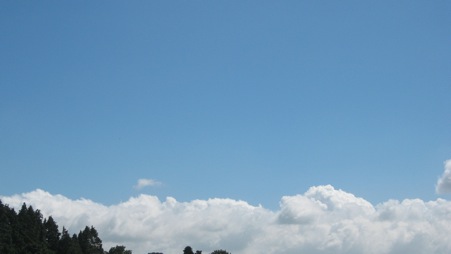 I became childish and disingenuous intellectual texts had ever been published in my excitement observing these beasts and faces of leering gods as if they were entirely a matter of my new discovery.
I became childish and disingenuous intellectual texts had ever been published in my excitement observing these beasts and faces of leering gods as if they were entirely a matter of my new discovery.
Pihanga gathers her mists and veils around her and I observed that occurs in many forms. Taranaki is veiled and weeps.
Taranaki is cast as masculine gender.
Taranaki seems all things rather than an imagined monotheme and masculine.
Taranaki, a living god but the mountain as a natural phenomenon of geoscience has been made by subsequent explosions each separated by many years, but a great upheaval that fell into itself and caused a depression before it rose again on its momentum. I looked out to the saucer-like rim caused at its surround when I walked across farmland made available to my use and to not be conscious of the living god, Taranaki, is to be unaware.
The story of the mountain is displayed in the museum in New Plymouth, Puke Ariki, where nothing else was I found other than the local dilemma of the Occupation. The attempt by the British to degrade the Maori and Maori history is its story.
Around this corner of Marsland Hill once a British garrison I have walked to by a bitumen road, now descending in the footsteps of the redcoats I eerily recognise, I find Charles Brown, mentor and friend of Keats laid to rest in this perfect place.
New Plymouth was once gated. The view of the White Hart Hotel is taken from the base of the New Plymouth clock tower.
I visit places, see sculptures New Plymouth seems practised at installing as if possessed of infinite will to display sculpture or perhaps the environment with its blue sea not far from any point is ideal.
The façade of the City Council is magnificent stainless steel.
I return to where I was living to reach again to the mountain. It was hard to concentrate on anything in its vicinity, but the interrelationship of clouds and light through them and on the peak of the cone that begs the story of a dramatic yearning for unity and rejection. The lyrical balletic dancing of clouds that scud and their shade come from the mountain; it governs weather.
A blue sky and a hot day and I went walking to the mountain.
This dinner trout seems fierce, menacing. It was fished from the stream that sourced in Mount Taranaki flowed through the property where I stayed.
I photographed on a day Taranaki was crying creeks with dark places I could look into over their bridges and coils of the great fern, the cyathea dealbata, the ponga; it is the silver fern in pockets of sunshine and its full shine that causes a characteristic shimmer of silver in roadside verges and fields it has hold over. Everywhere I look I see Taranaki, the living god of an ancient regime of story telling.
I saw the foregoing image through the window on my way from New Plymouth to Auckland on an early morning bus. The bus slowed to accommodate traffic and the corridor of the mist – as I saw it – was Pihanga whose presence between the mountains of Taranaki and Tongariro is still said to dissuade people from the locale lest the rumble start up between these jealous and aggrieved suitors.
I supposed conflict between the environment and dairy farming.
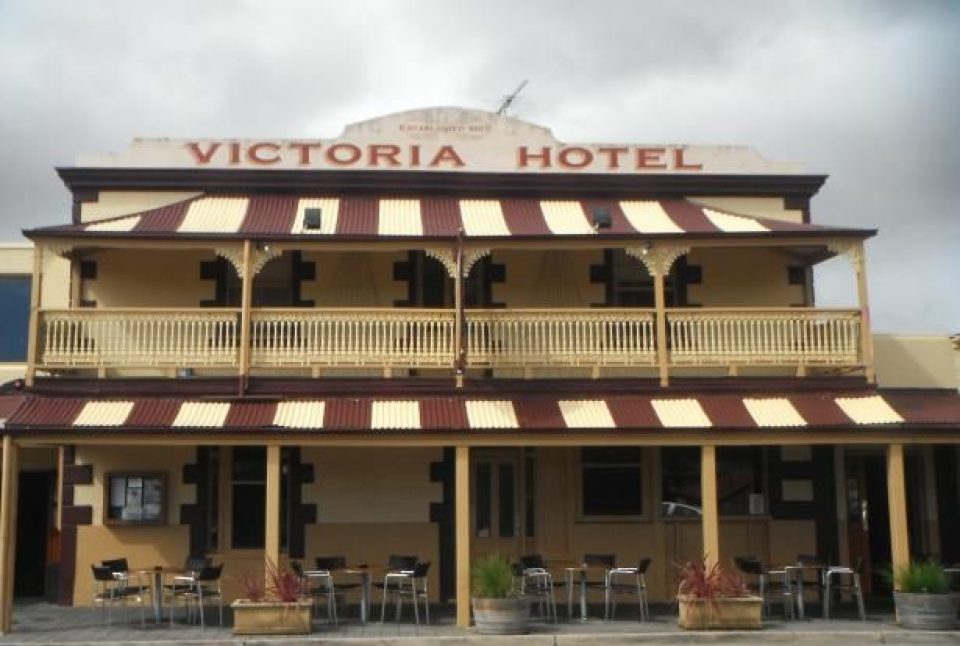
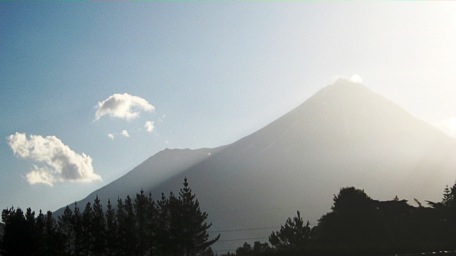
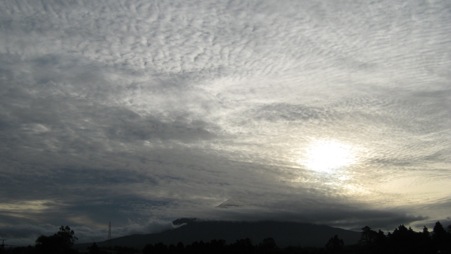
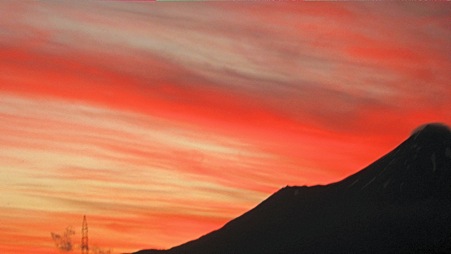
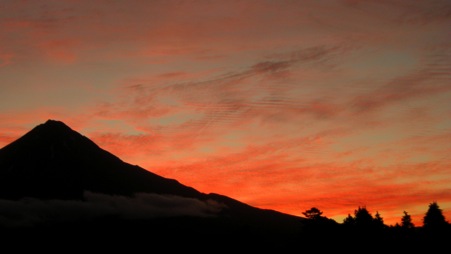

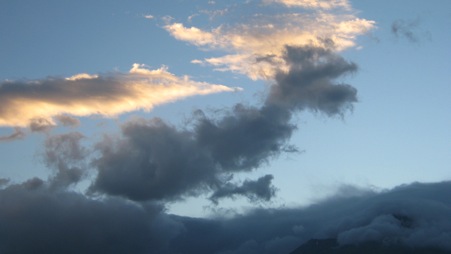
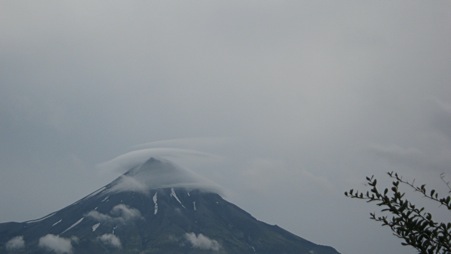
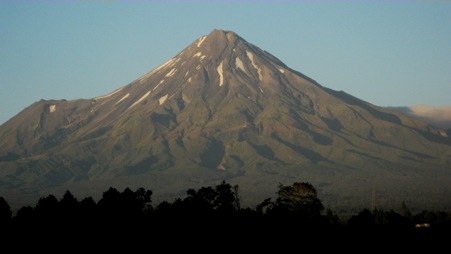
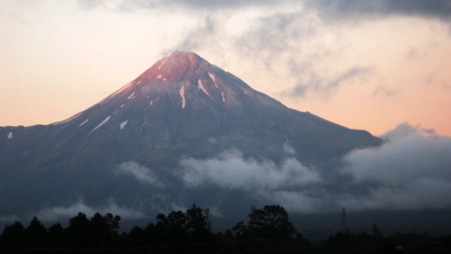
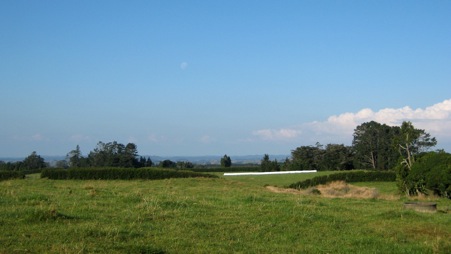
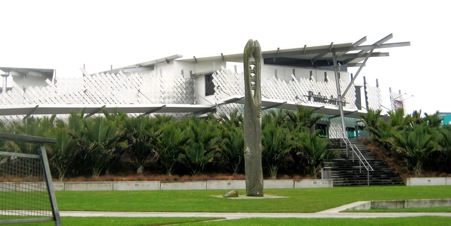
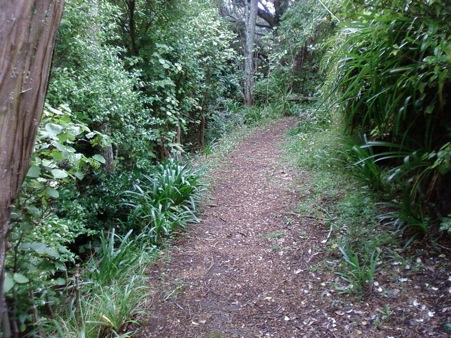
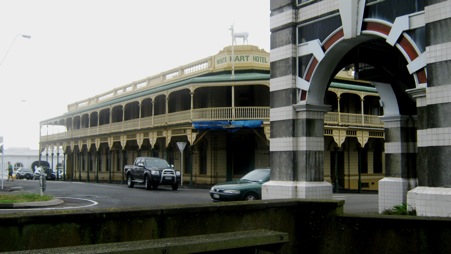
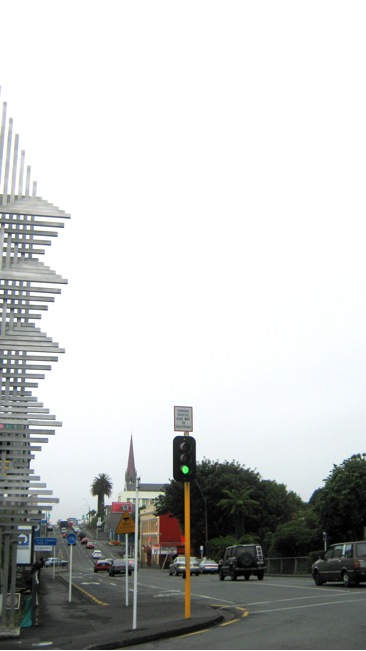
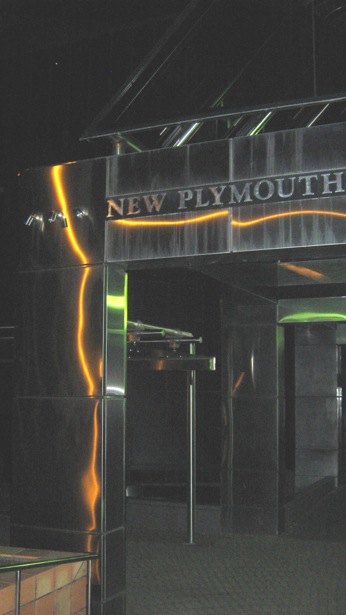
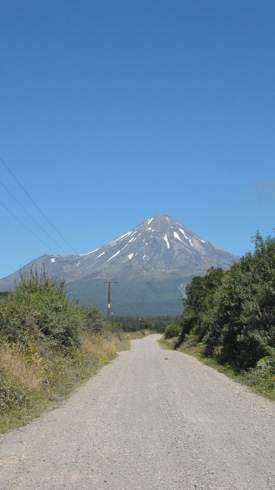
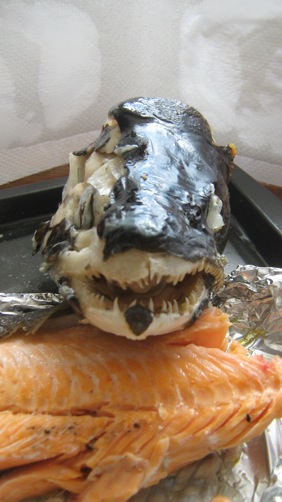
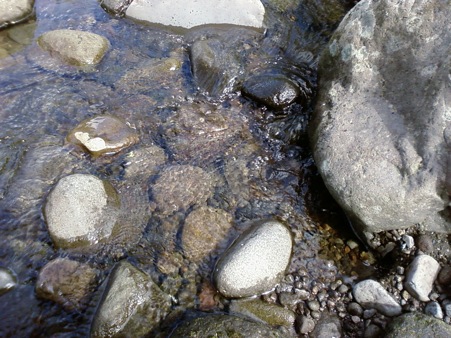
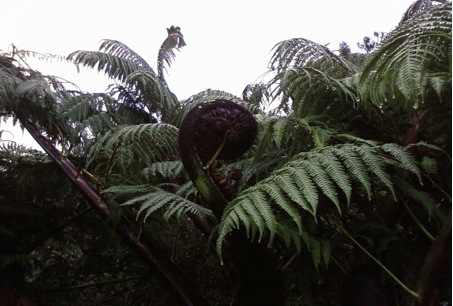
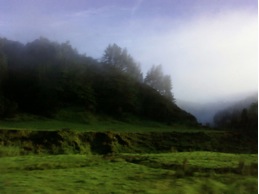
Nice tale and pictures. Love the dragon especially. NZ is magic indeeed.
LikeLike
There be a`loveable dragon, I thought so mesel, Nev. Thank you for stopping by. Nice to see you.
LikeLike
What I have missed out on? What a great country and may the Gods rule Mauri-land for million years more. I am always amazed how more advanced NZ is on social issues. Gay marriage, refugees etc.
LikeLike
NZ has its moments of being ornery and situate in the usual scale of things, you find its cracks that have been papered over. Maori are conspicuously absent out of government. They were conspicuous when I was living there in prison populations. The cost of living pretty well goes against a population of Maori living in the north of New Zealand on traditional land. Some health statistics looked pretty scary when I was first in NZ and although I have lost track now of what the progress is, I imagine it still reflects disparity. No guns too was the police policy (voted by them) and a policeman told me that would never change, but it has, regardless once would have been considered a backward step.
LikeLike
I note a couple of typos and the first glaring one is in the opening paragraph where the regional centre is not Mt Plymouth but New Plymouth.
Another is in the new paragraph that begins ‘I became childish’. I lost the end of the sentence and the beginning of the next, which should mean that as far as I could know [in my childish condition] no books or textbooks, treatises about mythology had ever been written I was so caught up in seeing this phenomena. It was all new to me as if I was its native observer and believer.
LikeLike
Lovely images. One can see why the Maori described the geography as being part of the world of the gods. It appears that you had great times in NZ, ‘shoe!
LikeLike
You MAKE my day and my year, in fact I could die happy if it was today you saying that Big M. THAT is just too good a compliment. How I feverishly swopped photos around and then some writing text as I went and swapping and editing to try to stay in the zone working fast with that very intention as goal, [that an audience] “see why the Maori described the geography as being part of the world of the gods”..
If I could I would but I can’t so accept a kiss applied to my hand please Big M and blown the entire journey long from my hand in your direction, ummm, which is north. There it goes. Doesn’t match the gift you give and I don’t consistently demonstrate overt kissing love, but please. It’s a (literal) gesture.
LikeLike
Kiss enthusiastically blown!
LikeLike
Very good shoe loved the photos and story.
LikeLike
That is very good news algy. I am happy you enjoyed the essay.
LikeLike
Beautiful Sandshoe-gave me a yearning to be there in that mystical magical place
LikeLike
I am pleased you felt that lindyp. I experienced joy at moments that made my heart beat at speeds that were scary the discoveries were so significant for me. I hoped to communicate something of that mystery and bring the experience to you.
There were other things I saw. I suspect I saw them because the environment around the mountain itself is compelling and opens the imagination to watch everything with a renewed freshness of vision. I saw butterflies playing. I reckon they were playing. Thank you again.
LikeLike
You take darn good photos.
LikeLike
I am moved by the quality of what I have presented, Viv. I did alright didn’t I. 🙂
LikeLike
You did very well, they are all stunningly beautiful, shoe.
LikeLike
I am happy you have found viewing these photographs to your liking helvityni. When I did take my eyes off the mountain I wasn’t willing.
LikeLike